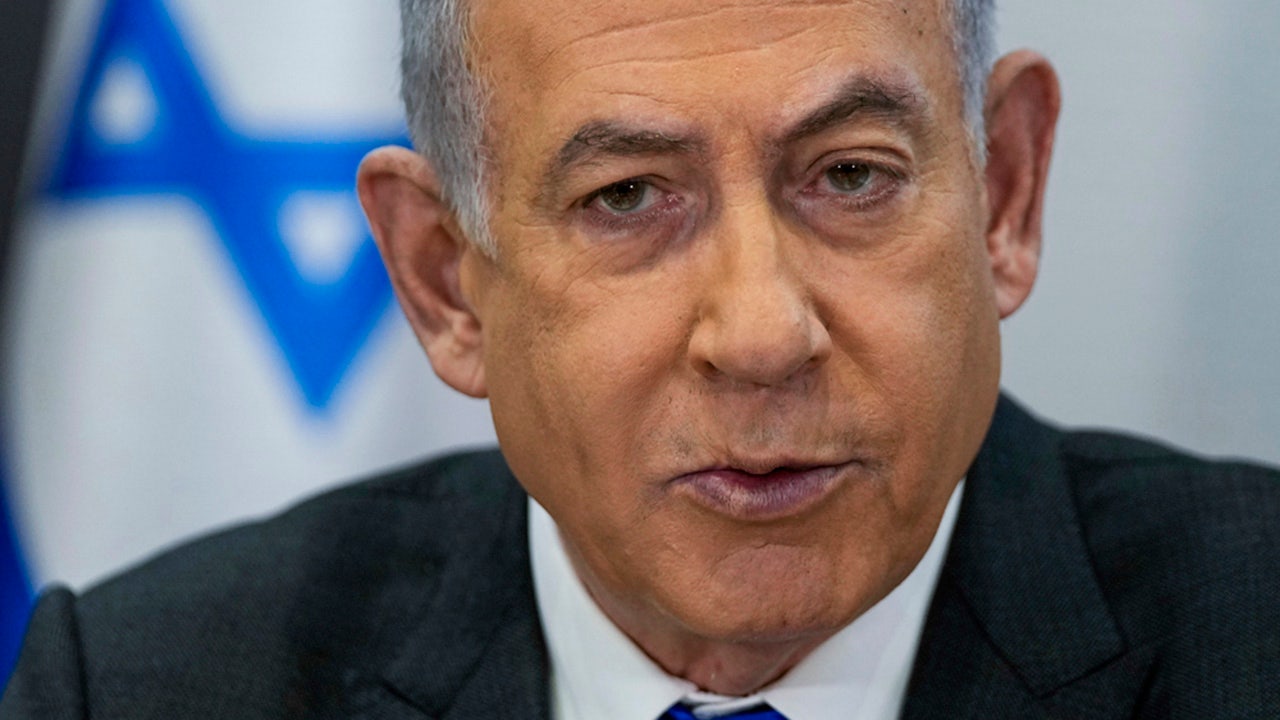As bombs dropped by Russian warplanes tore through residential districts in the Ukrainian city of Kharkiv this weekend, killing at least four people and injuring dozens more, President Volodymyr Zelensky on Sunday called on allies to further ease restrictions on the use of Western weapons so that his forces could use them against Russian air bases.
The Biden administration’s recent decision to allow Ukraine to use certain weapons to hit forces inside Russia has had an immediate impact, helping Ukraine thwart Moscow’s offensive north of Kharkiv and slowing the bombardment of the city, Ukraine’s second-largest, which is only about 25 miles from the border.
But the lifting of U.S. restrictions does not apply to the use of Army Tactical Missile Systems, known as ATACMS, some of which have a range of around 190 miles. Those longer-range weapons would be needed to hit air bases deep in Russian territory that are used by the bombers. Kyiv has been left to rely largely on its own expanding fleet of domestically produced drones to go after those bases.
Ukraine’s air defenses are gradually being strengthened after months of delays in American military assistance, but Russia continues to mount daily bombardments and Mr. Zelensky is desperate to find ways to thwart the attacks before they begin.
“We have enough determination to destroy terrorists on their territory — it is only fair — and we need the same determination from our partners,” he said in a post on social media on Sunday.
“Just this day alone, our warriors shot down two Russian Kalibr missiles,” he wrote. “Yesterday — 12 Russian missiles and 13 attack drones. And so on — every night and every day.”
His office released a video with the post that showed what it said was some of the carnage Russia had inflicted in the past couple of weeks. The footage gives a 90-second tour through the fire and flames caused by strikes in nearly every region of Ukraine that have been reported by local officials and emergency workers.
The most recent attacks this weekend included strikes that destroyed roughly half of the buildings at Ivano-Frankovsk National Technical University of Oil and Gas in western Ukraine, and an attack on Kyiv that ended before dawn on Sunday with debris from missiles shot out of the sky crashing into homes and apartment buildings, wounding several people, according to city officials and emergency services.
On Sunday evening, emergency crews raced to find survivors after another aerial bombardment targeting Kharkiv. Mr. Zelensky said on social media that at least one person had been killed in the attack.
Mr. Zelensky said that more could be done to stop the bombardments, and he pointed as evidence to the immediate impact the revised rules of engagement have had in and around Kharkiv.
For the first time since Moscow launched its cross-border offensive north of the city in early May, there were no reported major Russian offensive actions in the area, Nazar Voloshyn, a spokesman for the Ukrainian military, said on Sunday.
According to Mr. Voloshyn, Russian forces were “withdrawing some units for replenishment,” while continuing to bombard the area and fortify new defensive lines.
The Institute for the Study of War, a Washington-based research group, noted the decline in Russian infantry attacks north of Kharkiv but said that Moscow appeared to be stepping up its assaults in other parts of eastern Ukraine. Military experts have said that they think the Russian attacks near Kharkiv were intended, at least in part, to create gaps elsewhere by stretching Ukrainian forces more thinly. Russia continued to make grinding gains along other parts of the front.
But as Western arms flowed into Ukraine and the Biden administration eased restrictions on the use of American weapons, artillery crews outside Kharkiv were given permission to use truck-mounted, multiple-rocket launchers known as HIMARS, which fire satellite-guided rockets up to 62 miles, to strike Russian troops across the border. Almost immediately, commanders in the area have noted, the pace of Russian assaults slowed as infantry units got bogged down and were left with little support.
Ukraine also targeted the S300 and S400 systems that Russia has used to fire missiles toward Kharkiv from across the border. There have been no reports of those types of missiles hitting the city since the batteries were taken out, according to Ukrainian officials.
Oleh Syniehubov, head of the Kharkiv region’s military administration, said, “The significant decrease in Russian missile terror against Kharkiv and the region proves that it is absolutely possible to protect our cities and communities from Russian bombs.”
Mr. Zelensky said he was “grateful to America for a strong decision that helped us stabilize the situation in the Kharkiv border region,” adding that “such decisions need to be continued.”
Ukrainian officials have expressed a particular desire to stop the powerful guided bombs that the Kremlin has deployed.
Last week, a Telegram channel called Fighterbomber, which has close connections to the Russian military, shared a video claiming to show the use of one such giant bomb, known as a FAB-3000, north of Kharkiv. Weighing more than 6,600 pounds, the weapon is among the most powerful bombs in Russian service, at least three times bigger than some of the U.S.-made bombs that Israel has used in Gaza.
Ilya Yevlash, a spokesman for the Ukrainian Air Force, said that it would not be possible to comment on claims that the FAB-3000 had been used until the wreckage was analyzed.
Russia has already devised winged guidance systems for its arsenal of older bombs, weighing 500 pounds to more than 3,000 pounds, turning them into weapons that can be deployed by warplanes out of range of Ukrainian air defenses.
Those bombs helped pave the way for Russian forces to capture the city of Avdiivka at the start of the year and have played an integral role in Russia’s advances since then.
Russia fired more than 3,200 guided bombs in May, Mr. Zelensky has said. On Saturday, he said that Moscow had already fired more than 2,400 this month.
Pentagon officials have declined to go into the specifics of the new guidance regarding the deployment of American weapons, but, shortly after President Biden approved their use across the border, Michael Carpenter, senior director for Europe at the National Security Council, told the Ukrainian state news agency that the decision “doesn’t apply to ATACMS or long-range strikes.”
Maj. Gen. Patrick S. Ryder, the Pentagon spokesman, reiterated that point this week.
“The ability to be able to fire back when fired upon is really what this policy is focused on,” he said.
When it comes to “long-range munitions like ATACMS,” he noted, “there’s been no change in the policy.”
Nataliia Novosolova contributed research.






